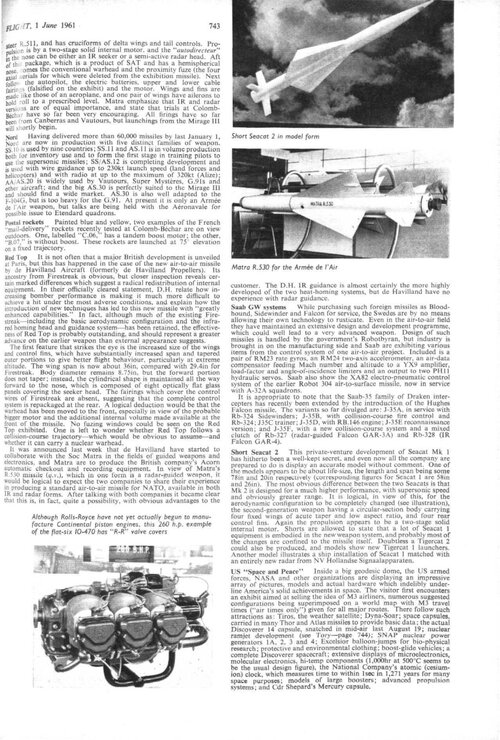- Joined
- 27 September 2006
- Messages
- 5,890
- Reaction score
- 5,895
In an old edition (about 1962-3) of the excellent annual Flight International missiles guide published in those days with drawings and photos I found a missile called Seacat 2, which looked similar to Roland, Rapier etc and was supposed to be a simple mount on the existing Seacat/Tigercat launcher, but with supersonic capability. As this seems a much simpler and cleaner solution that the massive Seawolf launcher and at least an improvement on the old Seacat, does anyone out there know why it never got anywhere? I have searched all the usual reference books without success.
UK 75
UK 75

